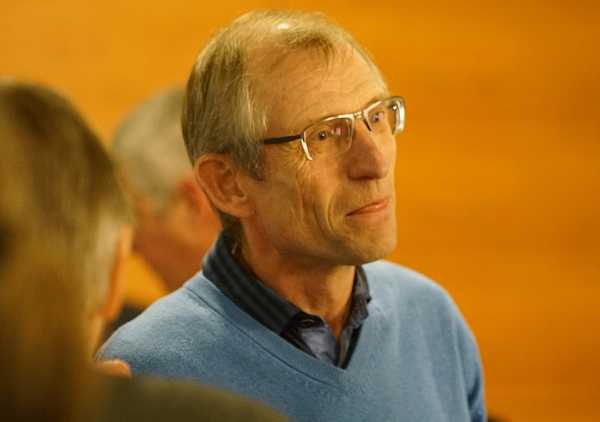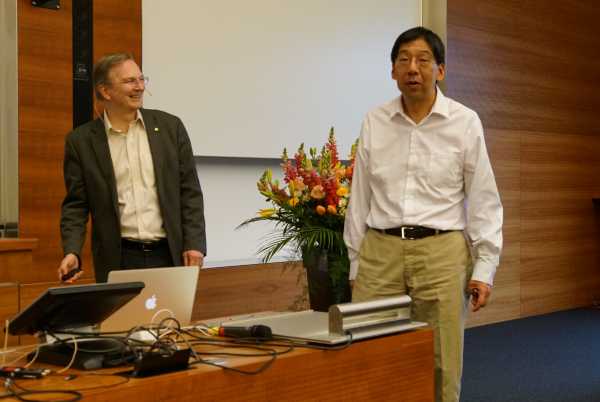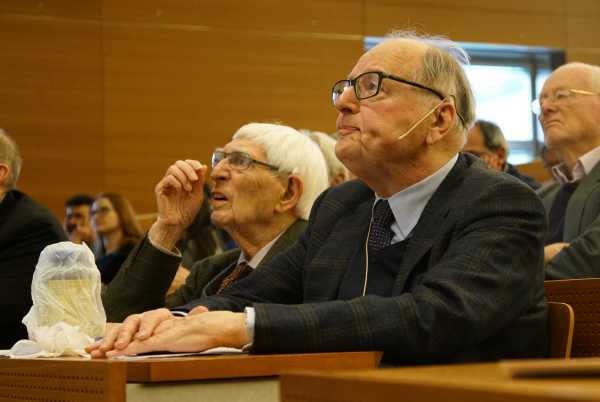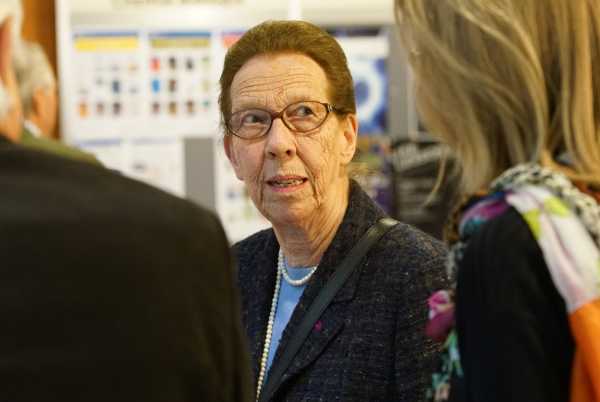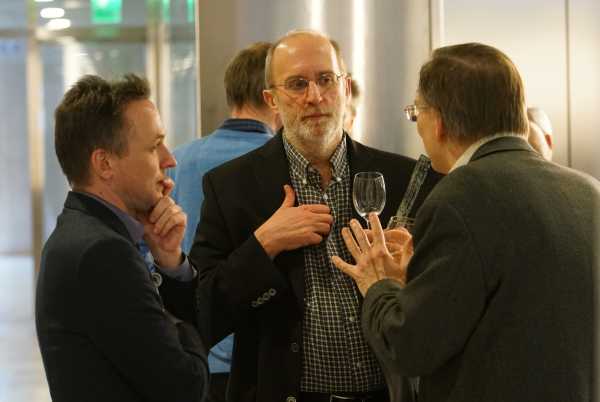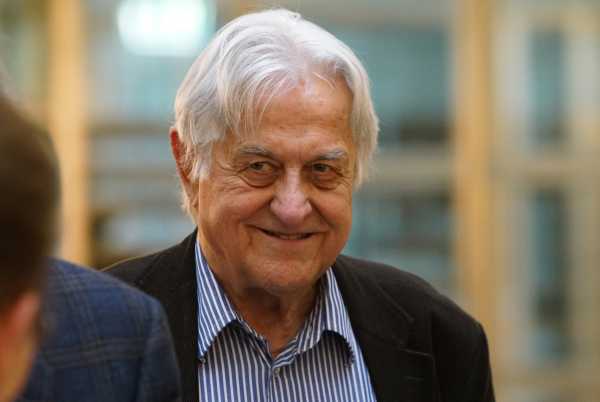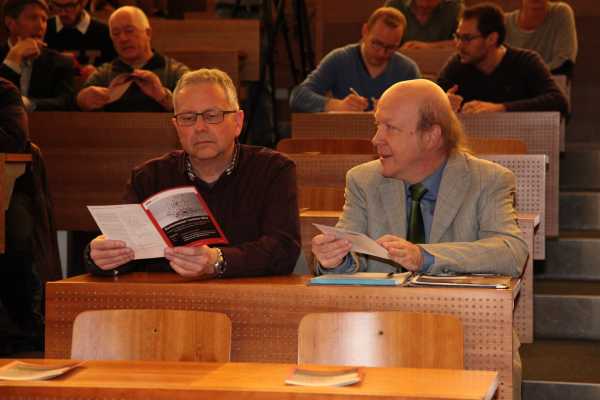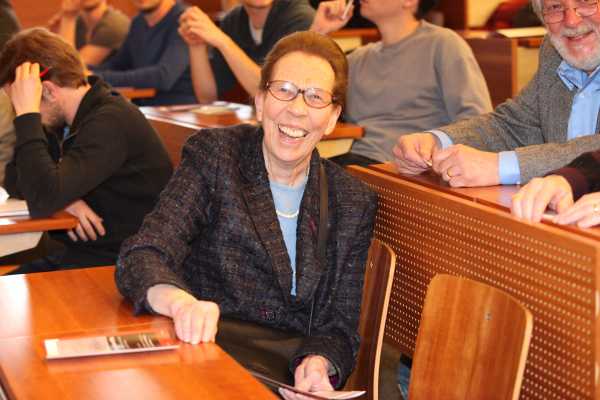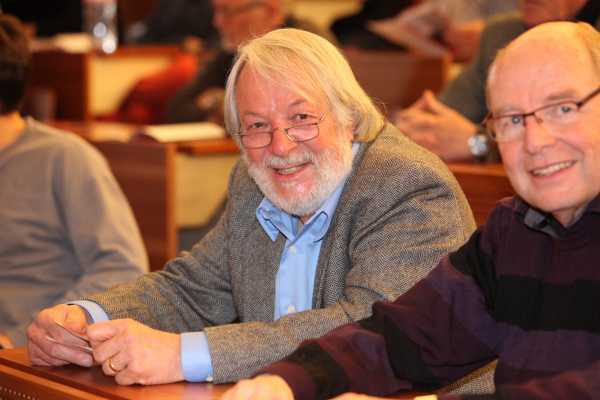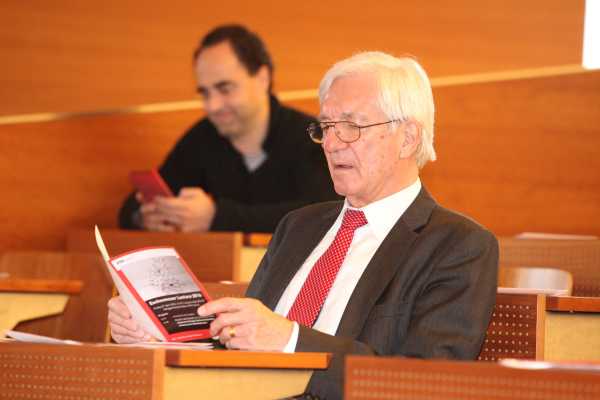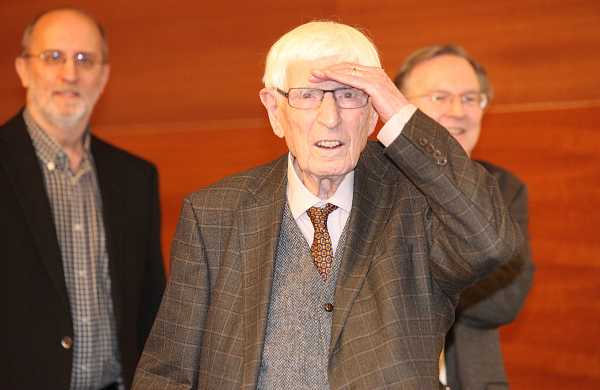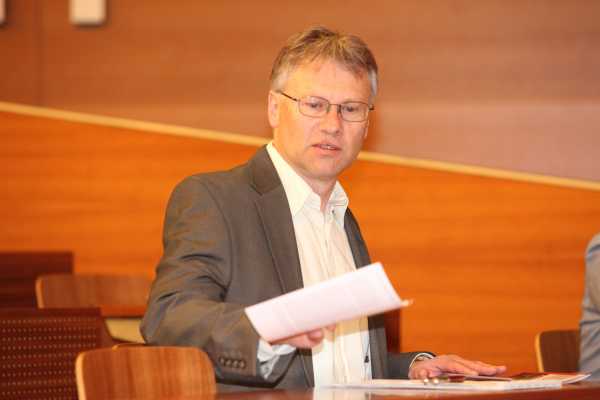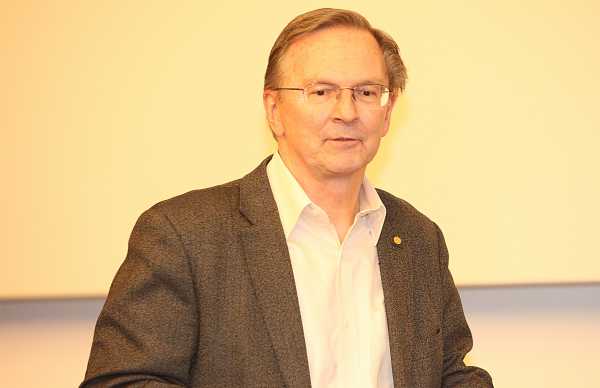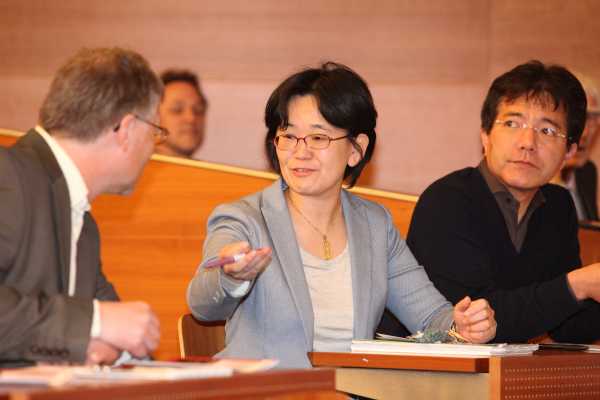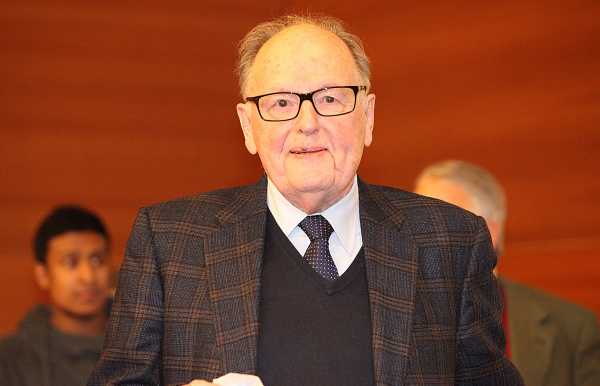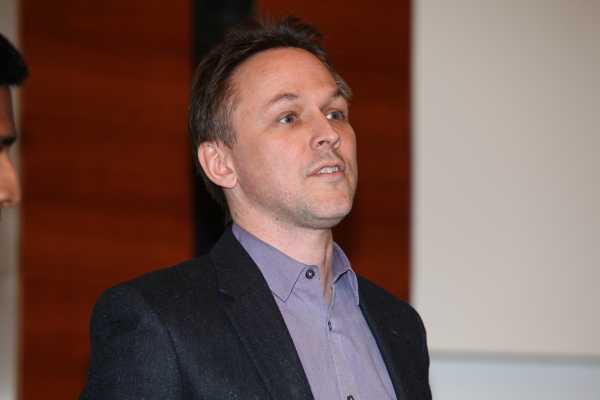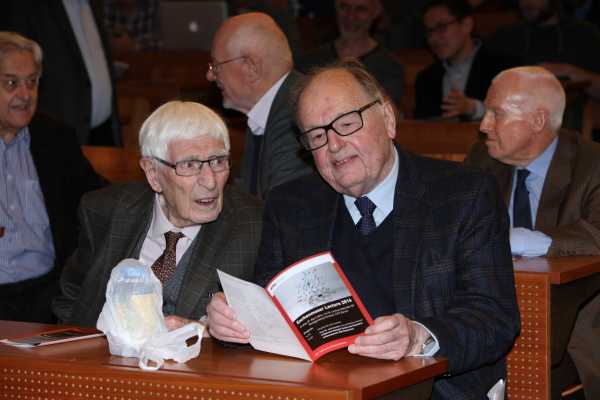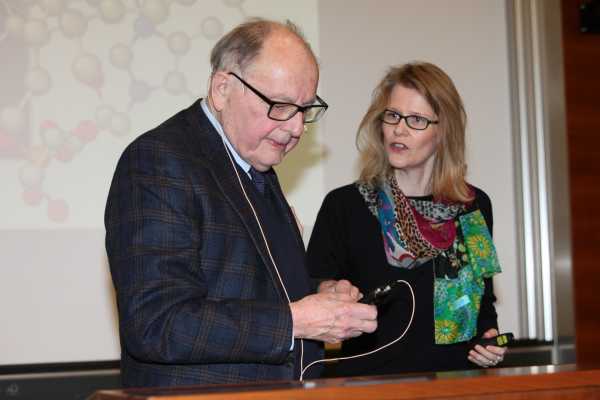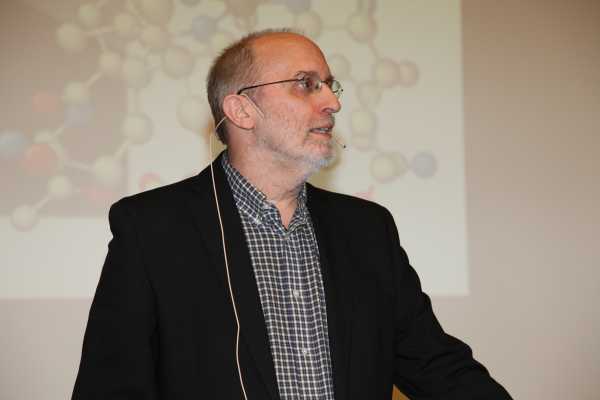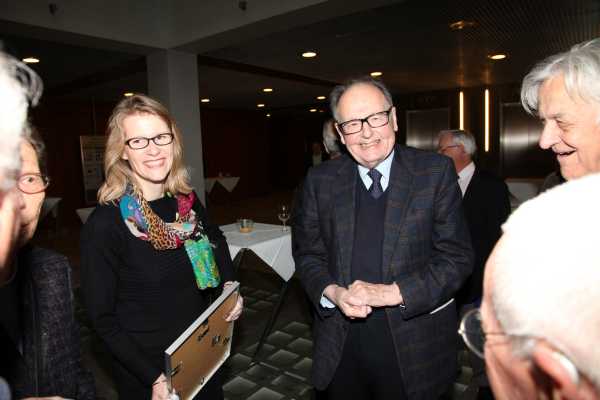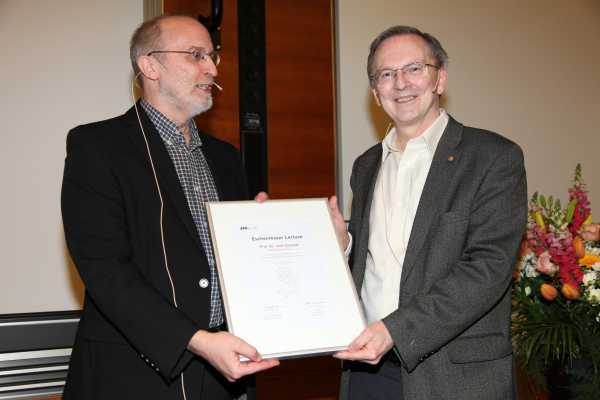Eschenmoser Lecture 2016
Prof. Jack Szostak
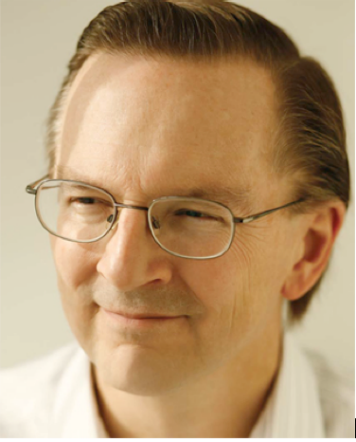
Professor of Genetics at Harvard Medical School, Alexander Rich Distinguished Investigator at Massachusetts General Hospital, and Professor of Chemistry and Chemical Biology at Harvard University Professor Szostak received a bachelor’s degree in cell biology from McGill University in Montreal in 1972 at the age of 19 and a Ph.D. in biochemistry from Cornell University in Ithaca, New York, in 1977. After working as a research associate at Cornell for an additional two years, he took a position as Assistant Professor in the Department of Biological Chemistry of the Sidney Farber Cancer Institute (now the Dana-Farber Cancer Institute) at Harvard Medical School. Since then, he has remained at Harvard Medical School, where he was granted tenure and a full professorship in the Department of Genetics in 1988. From 1984, he has also had an appointment at Massachusetts General Hospital.
Professor Szostak has made seminal contributions to the field of molecular biology and genetics throughout a career lustrous with accomplishment. His groundbreaking studies of chromosomal recombination the reshuffling of genes that occurs during meiosis and the function of telomeres the specialized DNA sequences at the tips of chromosomes helped elucidate the protective mechanisms that prevent the loss of vital genetic information during cell division. Professor Szostak is also credited with the construction of the first yeast artificial chromosome. Such constructs are used to clone DNA and have proven instrumental in mapping the location of mammalian genes.
In the early 90s, the Szostak laboratory shifted its research focus to RNA and its role in evolution. He developed the technique of in vitro RNA evolution, which enables the discovery of RNAs with desired functions through successive cycles of selection, amplification, and mutation. Using this technique, oligonucleotides that bind to specific target molecules or catalyze diverse chemical reactions can be isolated from large pools of random sequences. Currently, the lab is focusing on the challenges of understanding the origins of life on Earth and the construction of artificial cellular life in the laboratory.
Professor Szostak has been widely recognized for his pioneering achievements. Along with Elizabeth Blackburn and Carol W. Greider, he was awarded the 2009 Nobel Prize for Physiology or Medicine for the discovery of how telomeres protect chromosomes. Among other distinctions, he received the National Academy of Sciences Award in Molecular Biology (1994), the Hans-Sigrist-Preis from the University of Bern (2008), the Albert Lasker Award for Basic Medical Research Award (2006), and the H. P. Heineken Prize for Biochemistry and Biophysics (2008). Since 1998, he has been an Investigator of the Howard Hughes Medical Institute. He is a member of the New York Academy of Sciences, the American Academy of Arts and Sciences, and the National Academy of Sciences.
The ETH Laboratory of Organic Chemistry is honored to have Professor Szostak present the first Eschenmoser Lecture.


